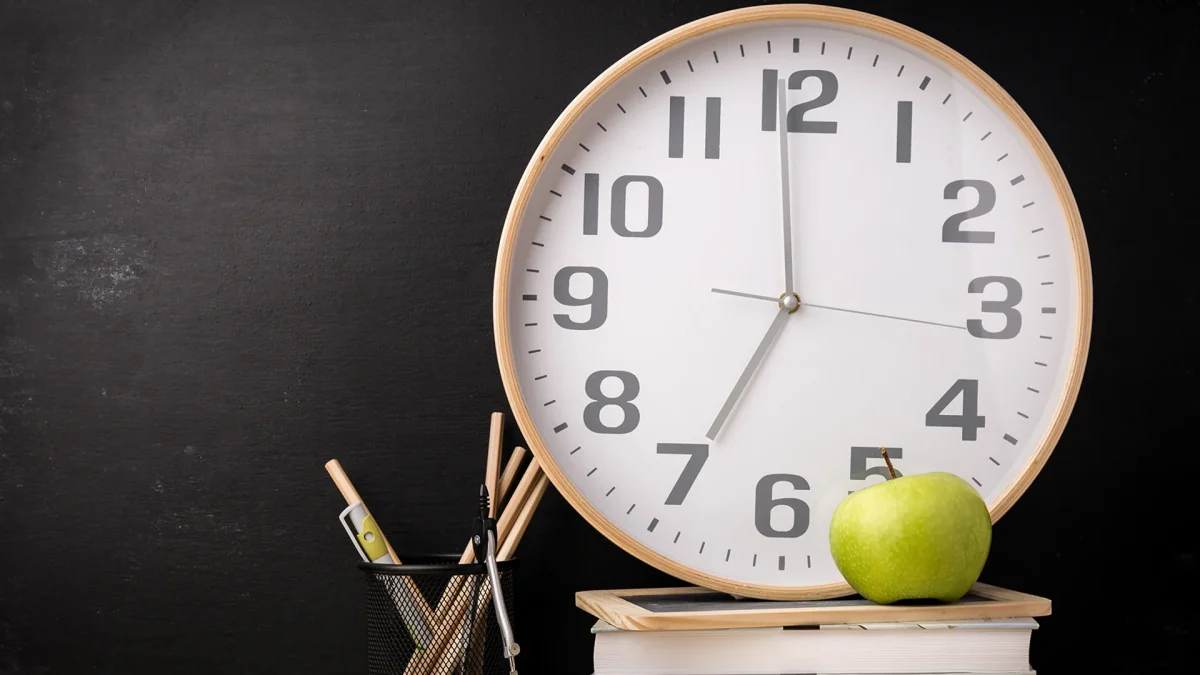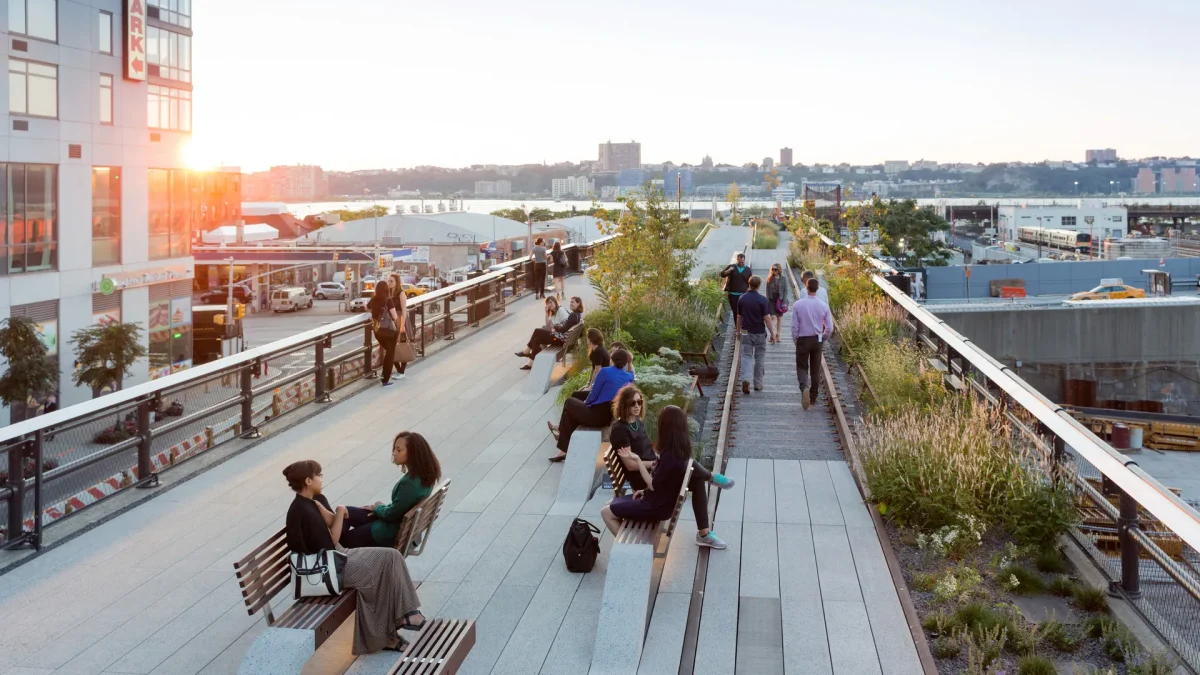The amount of time spent in school has been a topic of debate for quite some time. Some argue that longer school hours and an extended academic year are necessary for better learning outcomes, while others express concerns about the potential negative effects of spending too much time in school. This article explores the question of whether school is too long, considering arguments from both sides and examining the impact on students’ well-being, individual attention, and self-directed learning. By finding a balance that promotes effective learning and overall development, we can ensure that students have a fulfilling educational experience.
Those who support longer school hours believe that additional time for instruction, practice, and review can lead to a deeper understanding of subjects and improved academic performance. They also emphasize the importance of a comprehensive curriculum that includes extracurricular activities, arts, and physical education, as it helps students develop a wide range of skills and discover their passions.
Proponents argue that longer school hours better prepare students for future challenges by fostering critical thinking, problem-solving, and teamwork skills. They believe that dedicating more time to these skills can enhance students’ abilities and increase their chances of success in their careers. Additionally, longer school hours can instill discipline, time management, and perseverance, which are valuable qualities for personal growth.
Critics of longer school hours raise valid concerns about the potential negative impact on students’ well-being. Spending excessive time in school can lead to increased stress, fatigue, and limited opportunities for relaxation and socializing. It is important to consider the overall well-being of students and ensure that they have a healthy balance between school and personal life.
Another concern is the potential decrease in individual attention due to larger class sizes resulting from longer school hours. With limited teacher-student interaction, students may struggle to receive personalized support and guidance, which can hinder their learning experience. It is crucial to maintain an optimal student-teacher ratio to ensure that each student receives the attention they need to succeed academically.
Furthermore, critics emphasize the importance of self-directed learning and exploration outside of the classroom. Longer school hours may limit students’ time for pursuing their interests, engaging in creative activities, and developing skills beyond the academic curriculum. Encouraging a healthy balance between structured learning and independent exploration is essential for fostering well-rounded individuals.
To promote effective learning outcomes, it is important to find a balance between instructional time and students’ overall well-being. Educational policymakers can consider various strategies to achieve this balance.
One approach could involve implementing flexible schedules that allow for a mix of structured learning and self-directed exploration. By incorporating project-based learning, independent study periods, and opportunities for pursuing personal interests, students can take ownership of their education while still meeting academic requirements.
Additionally, investing in smaller class sizes and providing adequate resources and support for teachers can ensure that students receive the individual attention they need. This personalized approach can enhance the quality of instruction and create a positive learning environment.
Moreover, prioritizing student well-being through regular breaks, physical activity, and mental health support can mitigate the potential negative effects of longer school hours. By promoting a healthy work-life balance, students can thrive academically while also maintaining their overall well-being.
The question of whether school is too long is complex, with valid arguments on both sides. While longer school hours can offer advantages such as improved academic performance and a comprehensive curriculum, concerns about student well-being, individual attention, and self-directed learning must be addressed. By finding the right balance between instructional time and students’ overall well-being, educational policymakers can create an environment that promotes effective learning and holistic development.


















